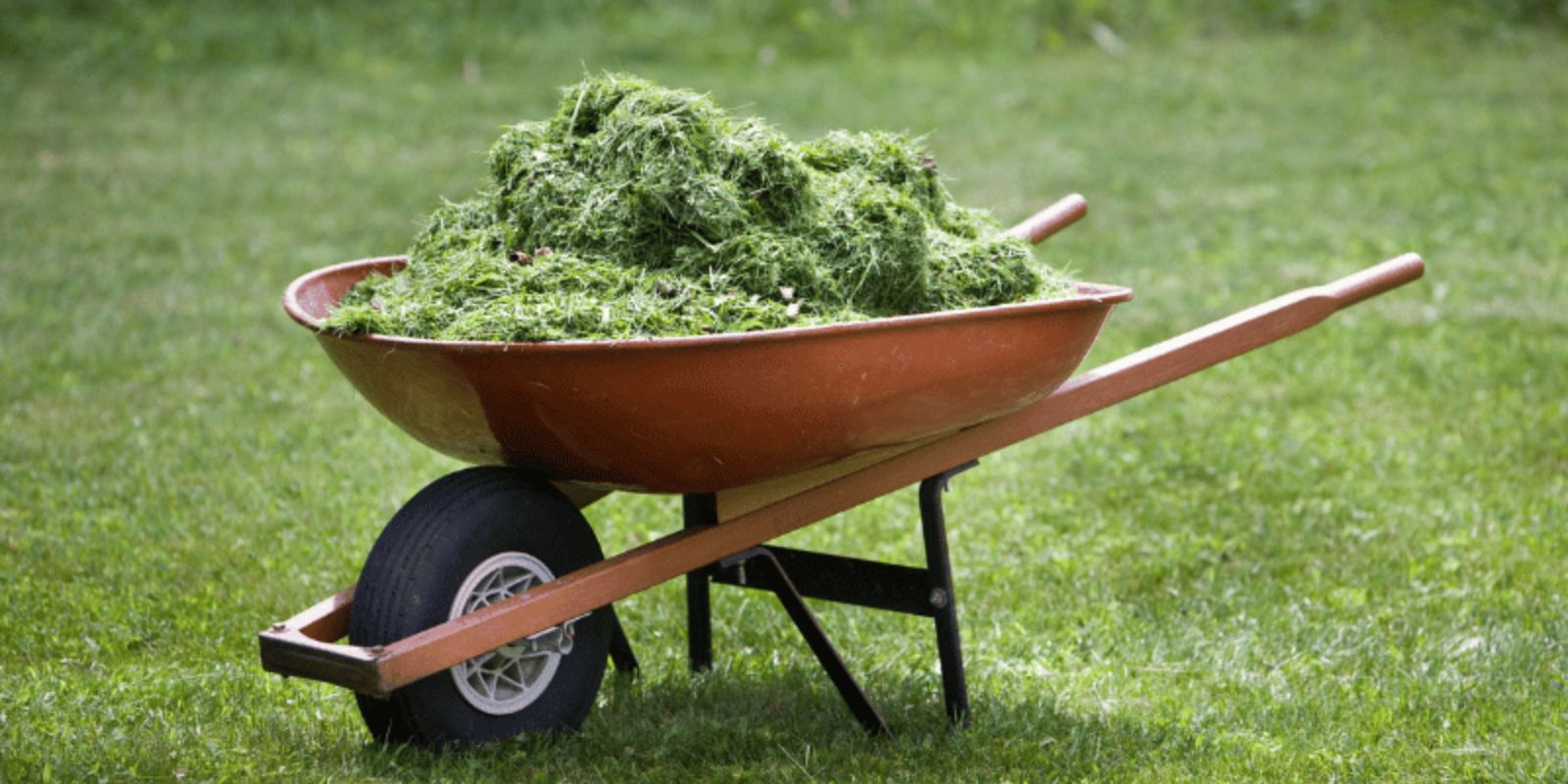Gardening enthusiasts are always on the lookout for sustainable, cost-effective methods to enhance their garden’s health and productivity. One such method is using grass clippings as mulch. This readily available resource, often seen as yard waste, can offer a wealth of benefits for your garden. This comprehensive guide will walk you through the process of using grass clippings as mulch, exploring its advantages, and providing practical tips for effective application.
Why Use Grass Clippings as Mulch?
Grass clippings, typically discarded as yard waste, can be transformed into a valuable garden resource. Here’s why you should consider using them as mulch:
- Nutrient-Rich: Grass clippings are rich in nitrogen, which is a key nutrient for plant growth. As they decompose, they release this nutrient into the soil, enriching it.
- Moisture Retention: A layer of grass clippings helps retain soil moisture by reducing evaporation, which is crucial during hot, dry periods.
- Weed Suppression: Mulching with grass clippings can suppress weed growth by blocking sunlight and preventing weed seeds from germinating.
- Soil Temperature Regulation: Mulch helps regulate soil temperature, keeping it cooler in summer and warmer in winter, which benefits plant roots.
- Eco-Friendly: Using grass clippings reduces waste and minimizes the need for store-bought mulch, making it an environmentally friendly choice.
Steps to Using Grass Clippings as Mulch
1. Collecting Grass Clippings
The first step in using grass clippings as mulch is to collect them:
- Mow the Lawn: Regularly mow your lawn to gather fresh clippings. Ideally, collect them immediately after mowing to ensure they are clean and free of contaminants.
- Use a Mulching Mower: If you have a mulching mower, it will finely chop the grass and allow you to leave clippings on the lawn. However, for mulch, you’ll need to collect the clippings separately.
2. Preparing the Clippings
Before applying grass clippings as mulch, proper preparation is essential:
- Dry the Clippings: Spread the collected grass clippings in a thin layer on a dry surface. Allow them to dry for 1-2 days to reduce moisture content. Drying prevents clippings from forming a dense, smothering mat that can hinder water and air penetration.
- Avoid Over-Mulching: Ensure that the clippings are not too thick or dense, as this can lead to matting and potential fungal issues.
3. Applying the Mulch
Once the clippings are prepared, follow these steps for application:
- Prepare the Soil: Before applying the mulch, clear the area of weeds and debris. Loosen the soil slightly if necessary to ensure good contact with the mulch.
- Spread a Thin Layer: Apply a thin layer of dried grass clippings (1-2 inches) around your plants. Be careful not to pile the clippings directly against plant stems or trunks, as this can cause rot.
- Even Distribution: Ensure an even distribution of the clippings to maximize their effectiveness. Avoid creating thick layers, as they can lead to compacting and reduced oxygen flow to the soil.
4. Maintaining the Mulch
Proper maintenance ensures that grass clippings continue to benefit your garden:
- Monitor for Compaction: Check the mulch regularly to ensure it’s not compacting into a dense layer. Fluff it up if needed to maintain its effectiveness.
- Replenish as Needed: Over time, the clippings will break down and decompose. Add more clippings as needed to maintain a consistent layer.
- Watch for Mold: If you notice mold or an unpleasant smell, it may be due to excessive moisture. Ensure that the clippings are dry before application and avoid applying them in thick layers.
Tips for Effective Use of Grass Clippings
To get the most out of your grass clippings mulch, consider the following tips:
- Use Organic Practices: Ensure that the grass you’re collecting has not been treated with chemical fertilizers or pesticides, as these can be harmful to plants.
- Mix with Other Mulches: For enhanced benefits, consider mixing grass clippings with other organic mulches like straw or leaves. This can improve texture and reduce the risk of matting.
- Composting: If you have an excess of grass clippings, consider composting them. Composting can turn them into nutrient-rich compost that can be used to further enrich your garden soil.
Common Challenges and Solutions
Using grass clippings as mulch is generally straightforward, but there are some common challenges to be aware of:
- Matting: Thick layers of wet grass clippings can form a dense mat that prevents water and air from reaching the soil. Solution: Always dry the clippings before use and apply them in thin layers.
- Weed Growth: While grass clippings can suppress weeds, they may not completely eliminate them. Solution: Regularly monitor and manually remove any persistent weeds.
- Odor: If grass clippings start to smell, it may be a sign of excess moisture. Solution: Ensure the clippings are dry before application and avoid applying them in thick layers.
Benefits Beyond the Garden
In addition to the direct benefits to your garden, using grass clippings as mulch offers broader advantages:
- Waste Reduction: By using grass clippings that would otherwise be discarded, you contribute to waste reduction and recycling efforts.
- Cost Savings: Utilizing a free resource like grass clippings reduces the need for purchasing mulch or soil amendments, saving you money.
Conclusion
Grass clippings are a versatile and sustainable option for garden mulch. By following the steps outlined in this guide, you can effectively use this resource to enrich your soil, conserve moisture, and suppress weeds with minimal effort. Embrace this eco-friendly practice to enhance your garden’s health while making the most of readily available materials.
Start using grass clippings as mulch today and enjoy a more productive, eco-friendly garden! 🌿🌾

